Closed rhinoplasty is less invasive with no external scars, ideal for minor reshaping. Open rhinoplasty provides full access to nasal structures and is better for complex corrections or revision surgery. Below is a detailed breakdown of the differences. Surgical Approach and Visibility ApproachAccess to Nasal StructuresVisibility for SurgeonClosed RhinoplastyInternal incisions onlyLimited visibilityOpen RhinoplastySmall external incision …
Closed rhinoplasty is less invasive with no external scars, ideal for minor reshaping. Open rhinoplasty provides full access to nasal structures and is better for complex corrections or revision surgery. Below is a detailed breakdown of the differences.
Surgical Approach and Visibility
| Approach | Access to Nasal Structures | Visibility for Surgeon |
|---|---|---|
| Closed Rhinoplasty | Internal incisions only | Limited visibility |
| Open Rhinoplasty | Small external incision at columella | Full visibility of nasal anatomy |
Closed rhinoplasty is performed through incisions inside the nostrils, while open rhinoplasty involves lifting the nasal skin via a small cut at the base of the nose. The open approach allows greater visual control, especially when reshaping cartilage or correcting asymmetries.
Best Use Cases for Each
- Closed rhinoplasty is suitable for:
- Minor hump reduction
- Tip refinement without major repositioning
- Patients with no prior nasal surgery
- Open rhinoplasty is preferred for:
- Complex structural changes
- Revision procedures
- Crooked or deviated noses
- Ethnic rhinoplasty or thick skin cases
The more detailed the correction needed, the more likely the open approach will be used.
Scarring and Healing Time
| Factor | Closed Rhinoplasty | Open Rhinoplasty |
|---|---|---|
| External Scar | None | Small, often hidden |
| Swelling Duration | Lower | Higher, especially at tip |
| Healing Time | 1–2 weeks initial recovery | 2–3 weeks initial recovery |
The incision from open rhinoplasty typically heals into a barely visible scar. Swelling in open cases tends to linger longer, particularly at the nasal tip.
Surgical Time and Anaesthesia
- Closed rhinoplasty may take 1–2 hours, depending on complexity
- Open rhinoplasty often takes 2–3+ hours, especially for revisions or detailed reshaping
- Both are performed under general anaesthesia in most cases
Results and Precision
Open rhinoplasty provides the surgeon with direct access to underlying structures, allowing for precise graft placement, tip reshaping, and alignment of the nasal septum. Closed rhinoplasty, while less invasive, limits the ability to make significant structural changes.
Both techniques can deliver natural, long-lasting results when matched appropriately to the patient’s goals and anatomy.
Cost in Dubai
| Procedure | Estimated Cost (AED) |
|---|---|
| Closed Rhinoplasty | 25,000 – 35,000 |
| Open Rhinoplasty | 35,000 – 50,000 |
Pricing varies based on surgical complexity, revision status, and facility. Open procedures may involve cartilage grafts or septoplasty, adding to cost.
Which Option Is More Suitable?
- Choose closed rhinoplasty for minor reshaping and shorter recovery
- Choose open rhinoplasty if precision, structural work, or revision is required
- A consultation is essential to assess nasal anatomy, skin type, and surgical history before deciding
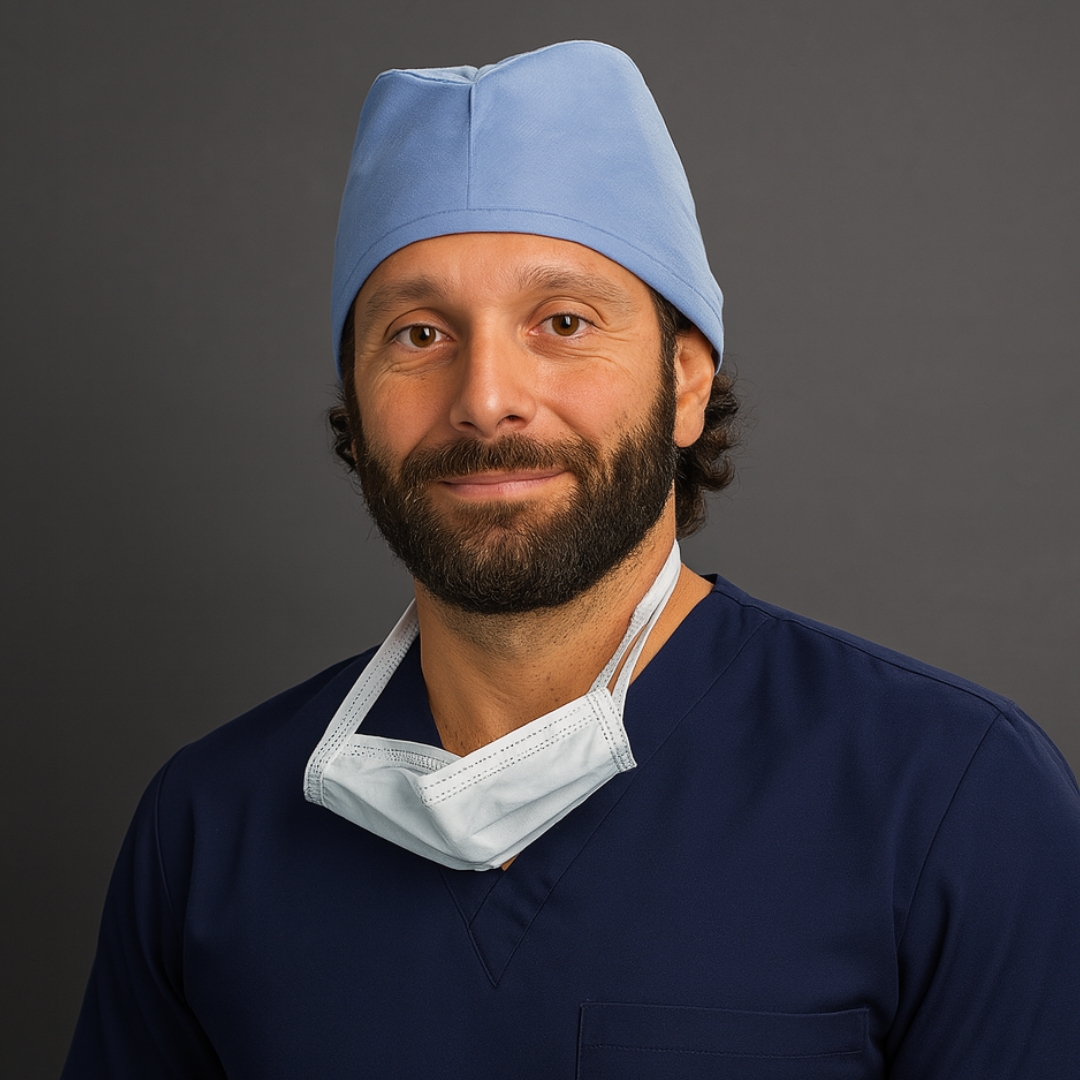
Dr Parviz Sadigh is a UK-trained Consultant Plastic Surgeon with extensive experience in advanced facial and body procedures. He specialises in aesthetic surgery tailored to natural-looking results, and is known for his meticulous approach and international standard of care. Now based in Dubai, Dr Sadigh works with patients from around the world seeking high-level expertise, safety, and artistry in plastic surgery.
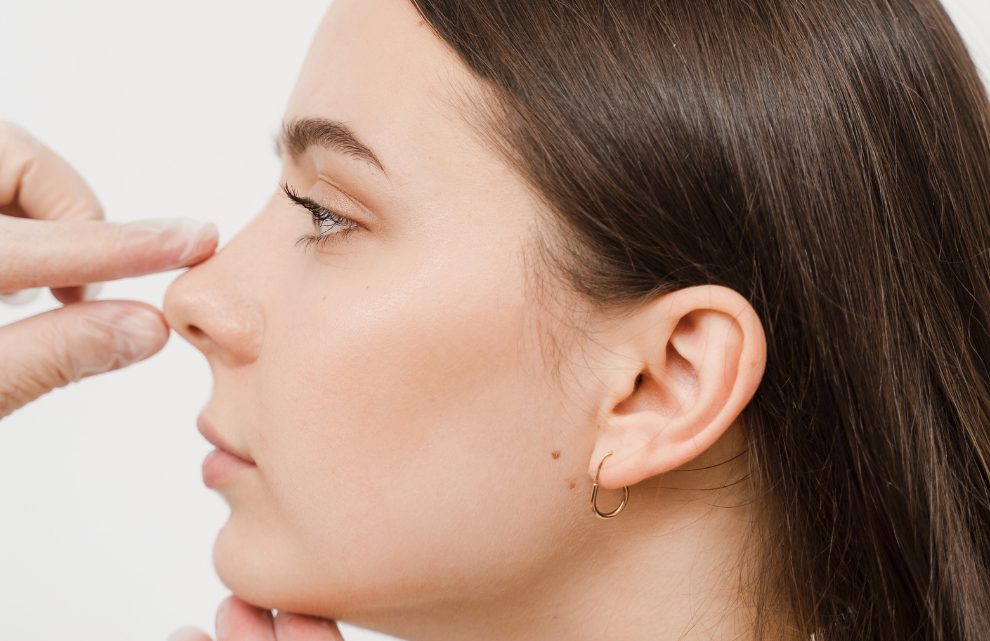



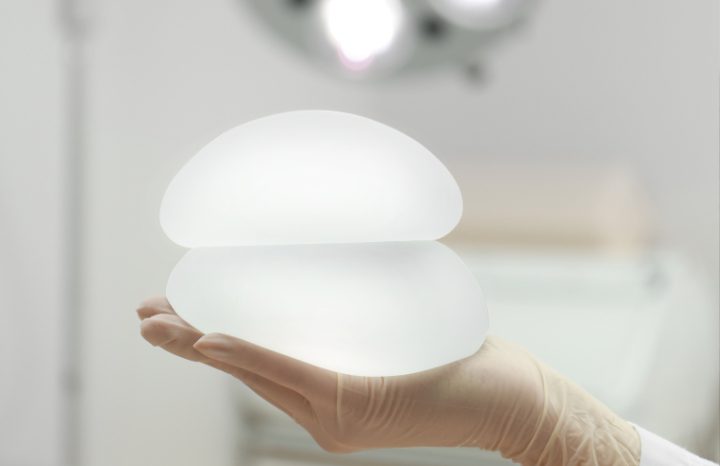
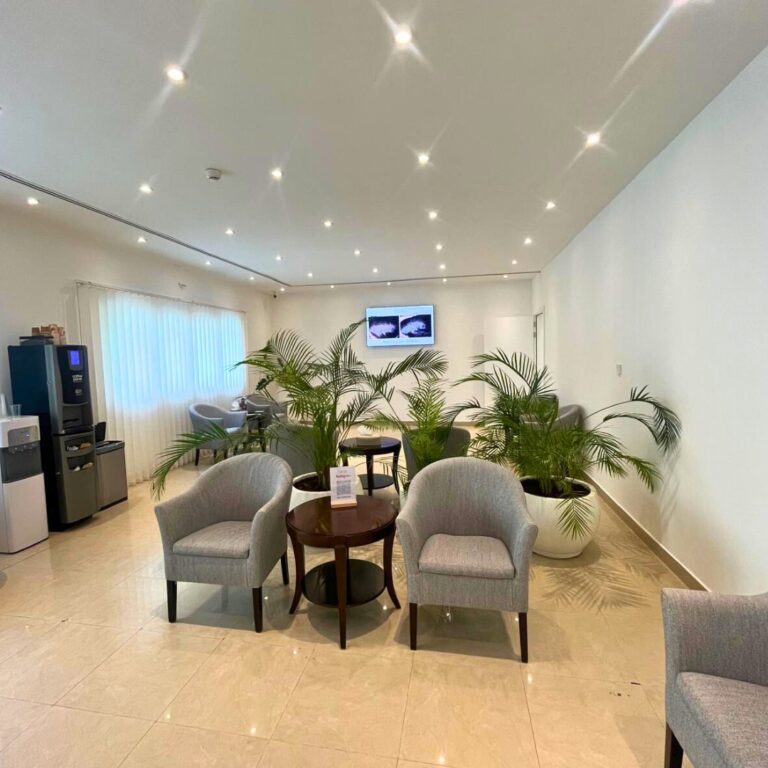

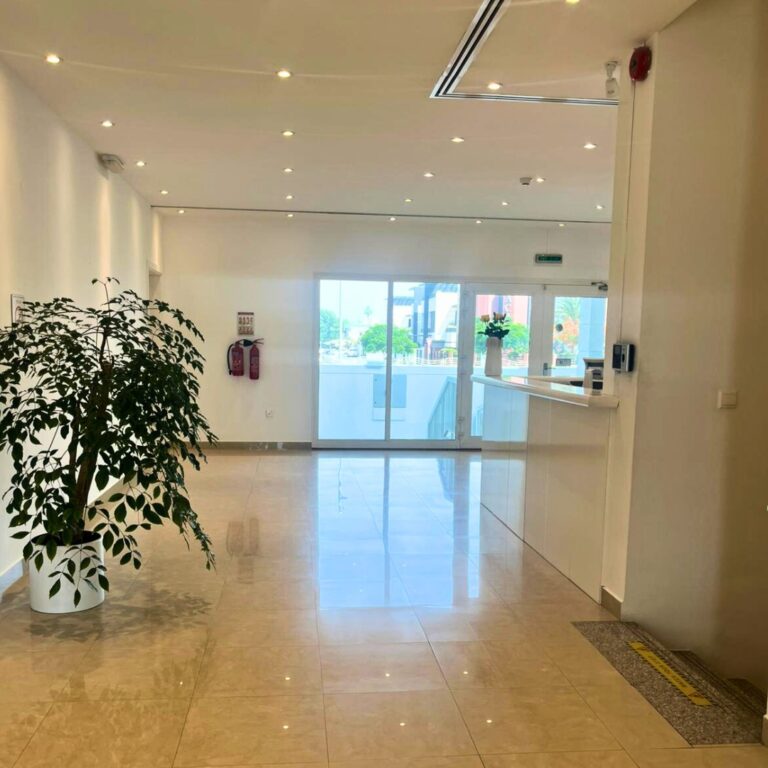

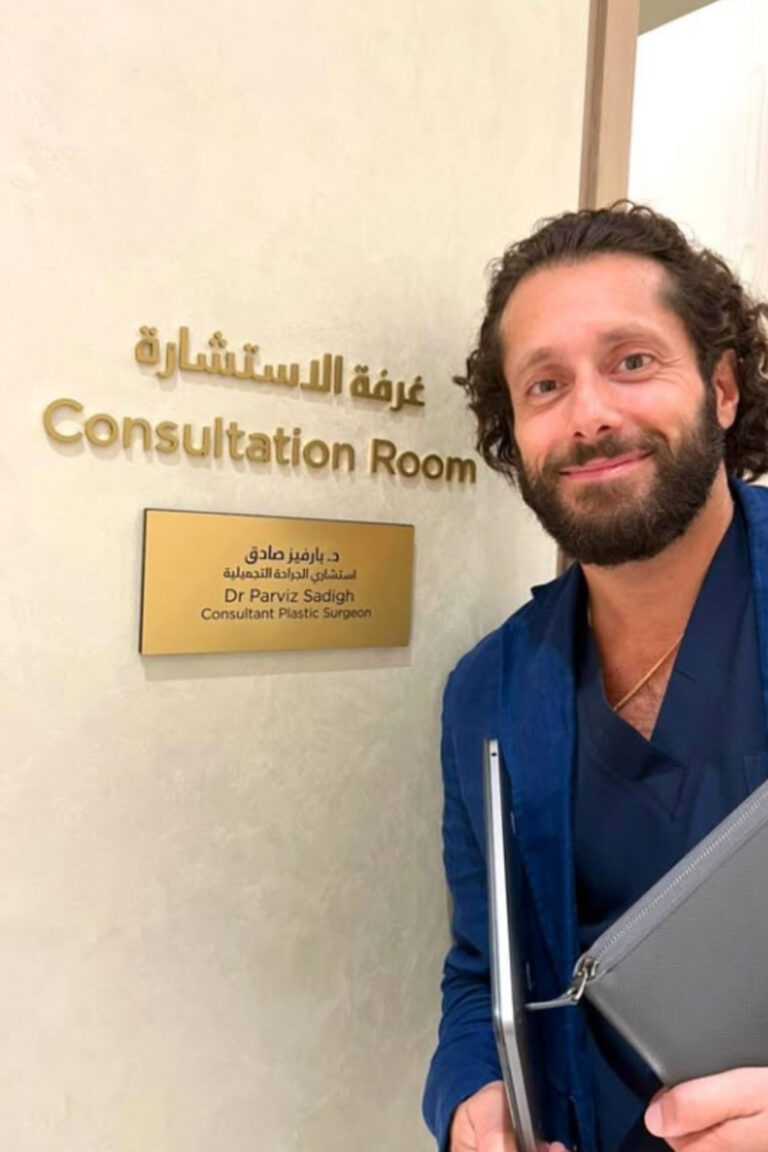
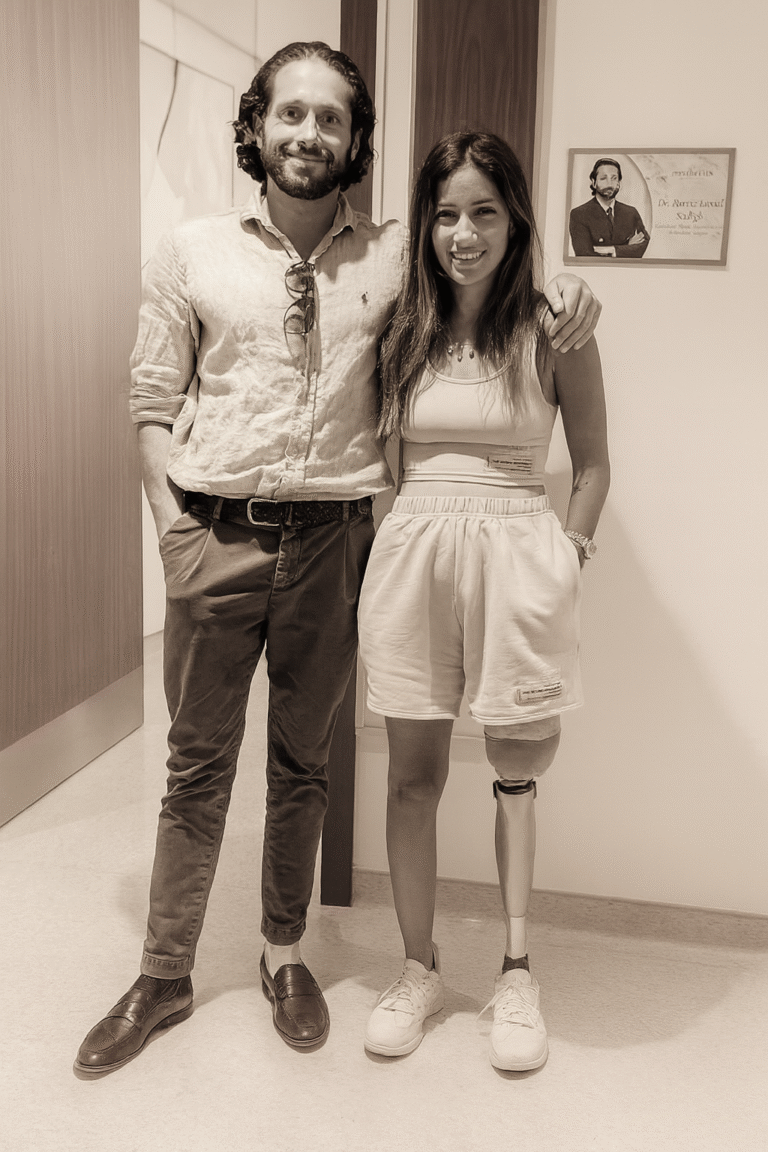



Comments
Angelina778
https://shorturl.fm/XFs90
James3229
https://shorturl.fm/E1wPK
Alberto3800
https://shorturl.fm/iRaTX